The unpredictable weather shouldn't slow down the transition to electric mobility 🌧️🚗. Yet, many drivers are wondering: is it really safe to charge an electric car in the rain? This doubt is understandable, but often based on preconceived notions.
In this article, we answer all your questions about charging safely in wet weather, whether at a public charging station, at home, or with a reinforced socket. Find out how charging stations are designed to withstand water, what precautions to take, and the mistakes to avoid so you can charge your vehicle with peace of mind, even in dripping rain.
Is it dangerous to charge an electric vehicle in the rain?
No, it's not dangerous. Electric vehicles and their charging stations are designed from the ground up to operate in all weather conditions, including rain, snow, and humidity.
🔒 Strict standards govern their safety: for example, the international standard IEC 61851 requires a series of water and dust resistance tests. Similarly, certified terminals and cables have an ingress protection (IP) rating, often IP44 or higher, guaranteeing sufficient protection against splashing water. This means that even in heavy rain, sensitive components remain protected.
⚡ Another reassuring point: the current only passes through the cable after checking that the vehicle and the terminal are properly connected. This almost instantaneous communication phase prevents any risk of electrocution or accidental electric arc, even if the environment is humid.
How are charging stations secured against water?
→ A waterproof and resistant design
Certified terminals have an Ingress Protection (IP) rating, typically IP44, IP54, or higher, which guarantees protection against solid objects (dust, debris) and water splashes. Connectors, cables, and plugs are all made of insulating and waterproof materials, preventing water from reaching sensitive parts.
→ Smart communication before charging
Before power flows between the terminal and the vehicle, a communication sequence is automatically initiated. This electronic protocol checks several parameters: the condition of the cable, grounding, proper alignment of the plug, and vehicle compatibility.
👉 Until everything is validated, no current flows. This prevents any risk of electric shock, even if there is slight moisture around the connectors.
→ 🛡 Technical standards imposed on manufacturers
Charging equipment must comply with the requirements of the IEC 61851 standard, which governs the operating conditions of the terminals, their level of protection, fault management and resistance to extreme climatic conditions.
All equipment sold by Mister EV meets these standards, making it perfectly suited for outdoor use, even in wet conditions.
Can you charge in the rain with a household outlet?
Unlike charging stations designed for outdoor use, standard household sockets are not always suitable for charging an electric vehicle outdoors, especially in rainy weather 🌧️⚠️.
→ Domestic socket, reinforced or outdoor terminal: what are the differences?
A conventional socket (type E/F) is not designed to withstand prolonged power or moisture. It is often not waterproof, which can be dangerous in rainy or wet conditions.
A reinforced socket, such as the Green'up, already offers a better level of safety, in particular thanks to a suitable circuit breaker and better heat resistance. But here again, everything depends on the installation location: a reinforced socket installed outdoors must be installed in a sheltered area or in a waterproof box if it is not waterproof.
💡 The safest choice remains the installation of a socket or charging station certified for outdoor use, ideally with protection against water splashes. Mister EV offers perfectly adapted solutions in its guide to choosing your station.
→ Essential precautions outdoors
If you occasionally charge via an external socket, be sure to follow these rules:
- ❌ Never use an extension cord, even if it is waterproof.
- ✅ Choose a socket mounted in a closed, waterproof box certified to at least IP44.
- ☂️ Install the socket away from direct rain or splashes.
- 👨🔧 Have the installation checked by a qualified electrician.
Best practices for charging safely in the rain
Even though charging equipment is designed to be water-resistant, adopting a few simple reflexes can ensure maximum safety, especially in heavy rain or wet conditions 🌦️🔌.
✅ To do:
- Only use a terminal certified for outdoor use, with a minimum IP44 protection rating.
- Dry your hands before handling anything: water on your fingers increases the risk of error or slipping when connecting.
- Visually check the condition of the terminal and the cable: no signs of deterioration, no stagnant water in the socket.
- Install the terminal on a well-drained surface, away from puddles or direct runoff.
- Always close the protective flap on the socket after use to prevent moisture from accumulating.
- Store your cable in your trunk or on a docking station after use to keep the connectors and cable safe.
- Choose a quality charging cable that is well insulated, even in wet weather.
❌ To avoid:
- Never handle the cable with wet hands or while wet yourself.
- Avoid soggy ground, puddles or muddy areas while recharging.
- Do not charge if the terminal appears flooded, damaged or if sparks appear when connected.
- Do not improvise with non-certified extension cords or adapters: they are often the cause of incidents.
FAQ about electric charging and rain
→ 💧 What to do if a terminal is flooded?
Never use a charging station that is submerged or surrounded by standing water. Even if it is designed to withstand moisture, flooding can damage internal components or create a short circuit risk. Report it immediately to the network manager or operator if it is public, and turn off the power if it is located in your home.
→ 🌧 Can you use a portable charger in the rain?
In theory, yes. If the mobile charger has an IP rating suitable for outdoor use, it can work in the rain. Some models are designed to withstand splashes and moisture. However, in practice, it is strongly recommended to limit its direct exposure to the elements for safety and durability reasons.
Even though your charger is moisture-resistant, it should never be left on wet ground or exposed to repeated heavy rain. To protect its electronic components, it is recommended to install the charger under cover, on a dry surface, or to provide a wall mount or dedicated structure.
→ 🧼 Should I dry the cable before storing it?
Yes, it is strongly recommended to dry the cable before putting it back in its case or in a cover. This helps prevent:
- oxidation of metal contacts,
- mold growth in closed spaces,
- and premature wear of the sheath.
A simple dry cloth is enough to protect your equipment for a long time.
→ ⚡ What happens if I plug in a wet cable?
If the cable is of good quality and the connector is waterproof, no current will flow until the contact is secure. However, to avoid any risk of corrosion or malfunction, dry the ends of the cable as much as possible before connecting it.

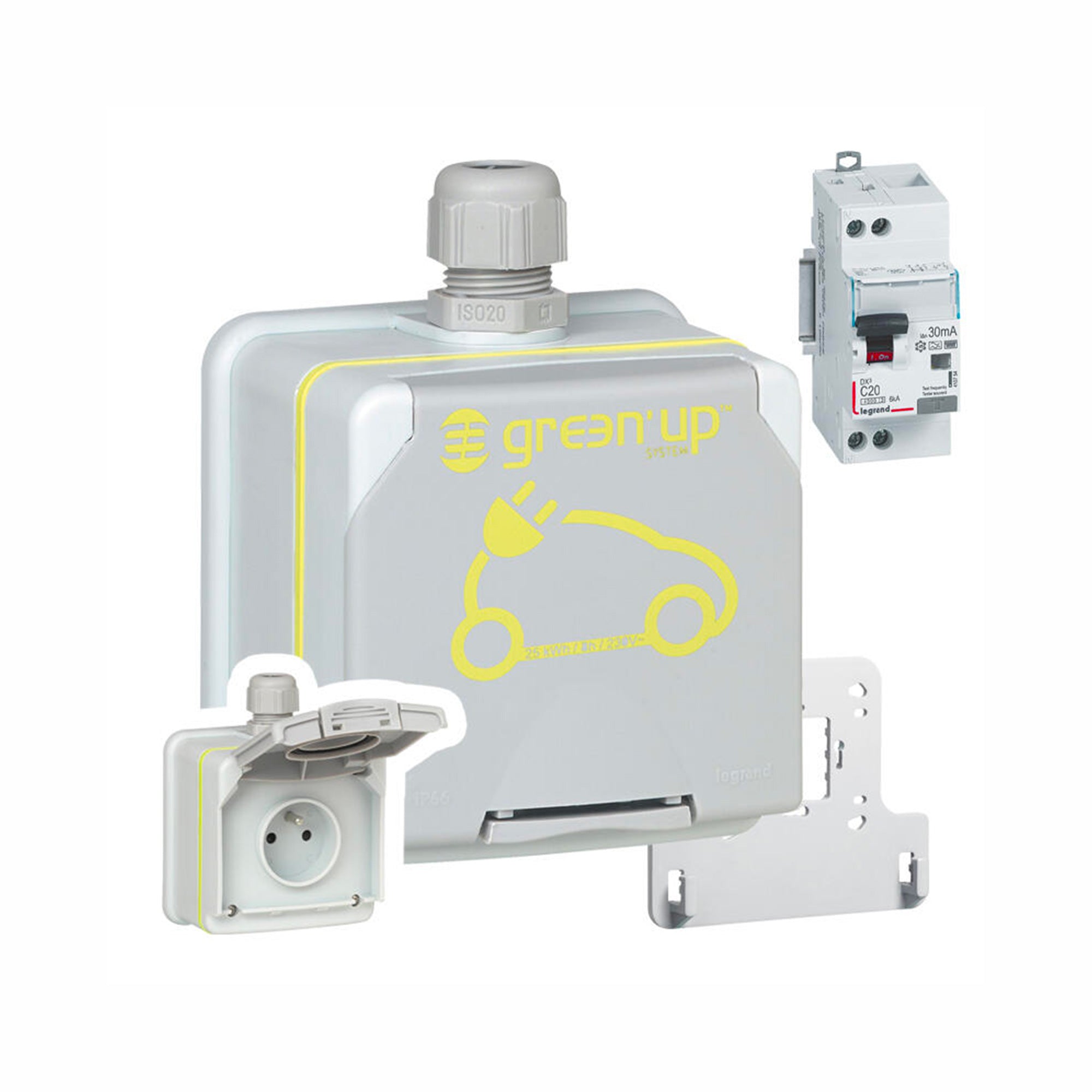
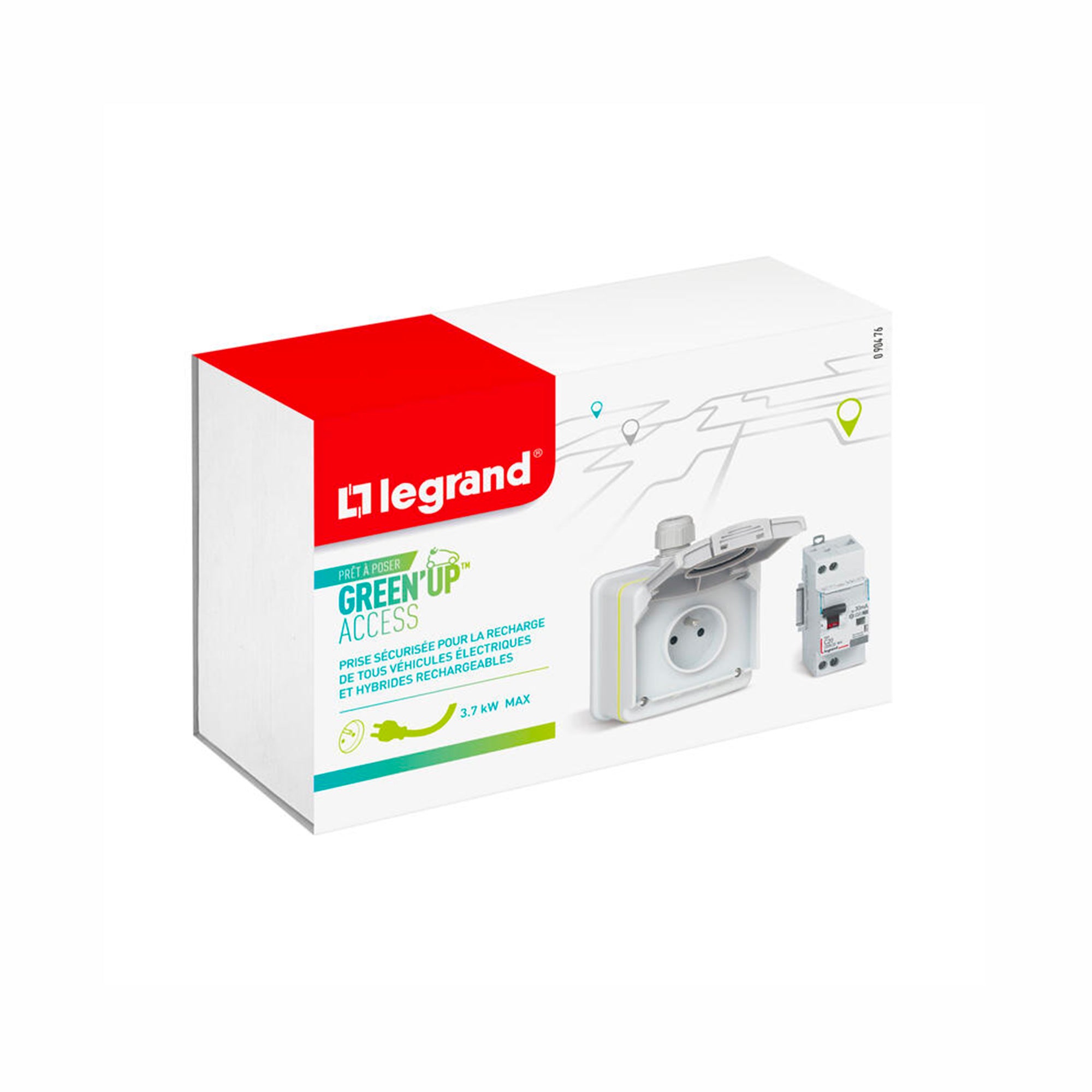

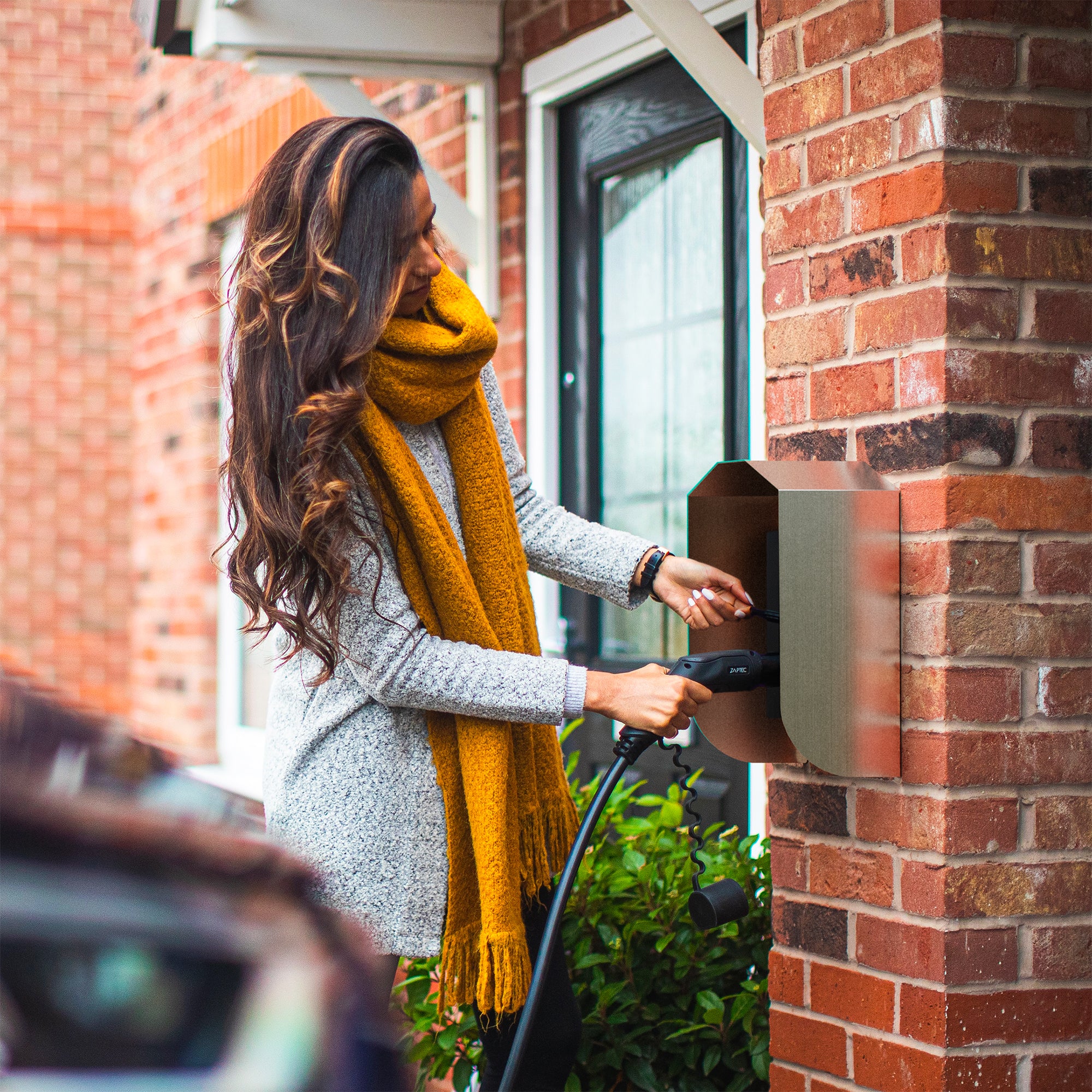
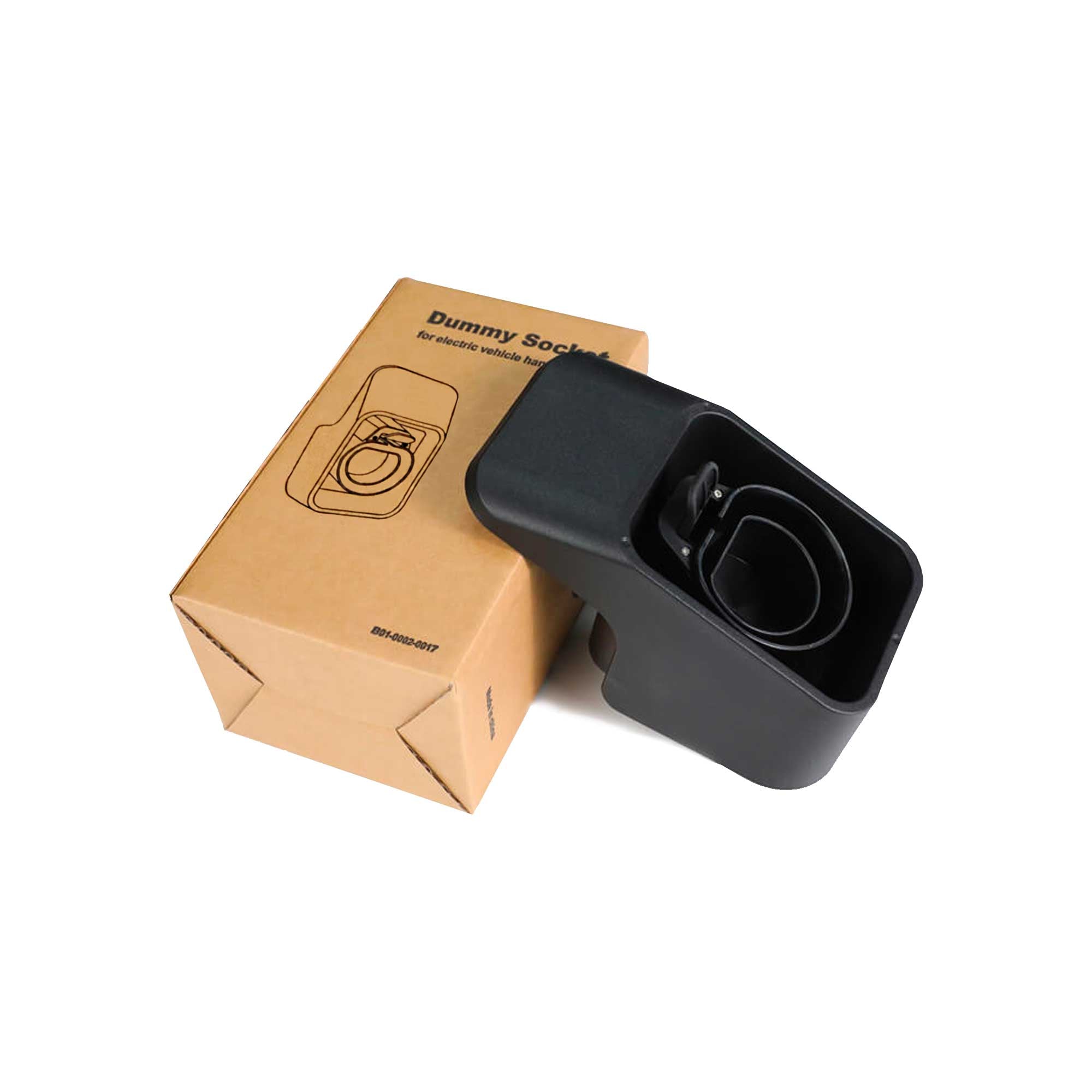
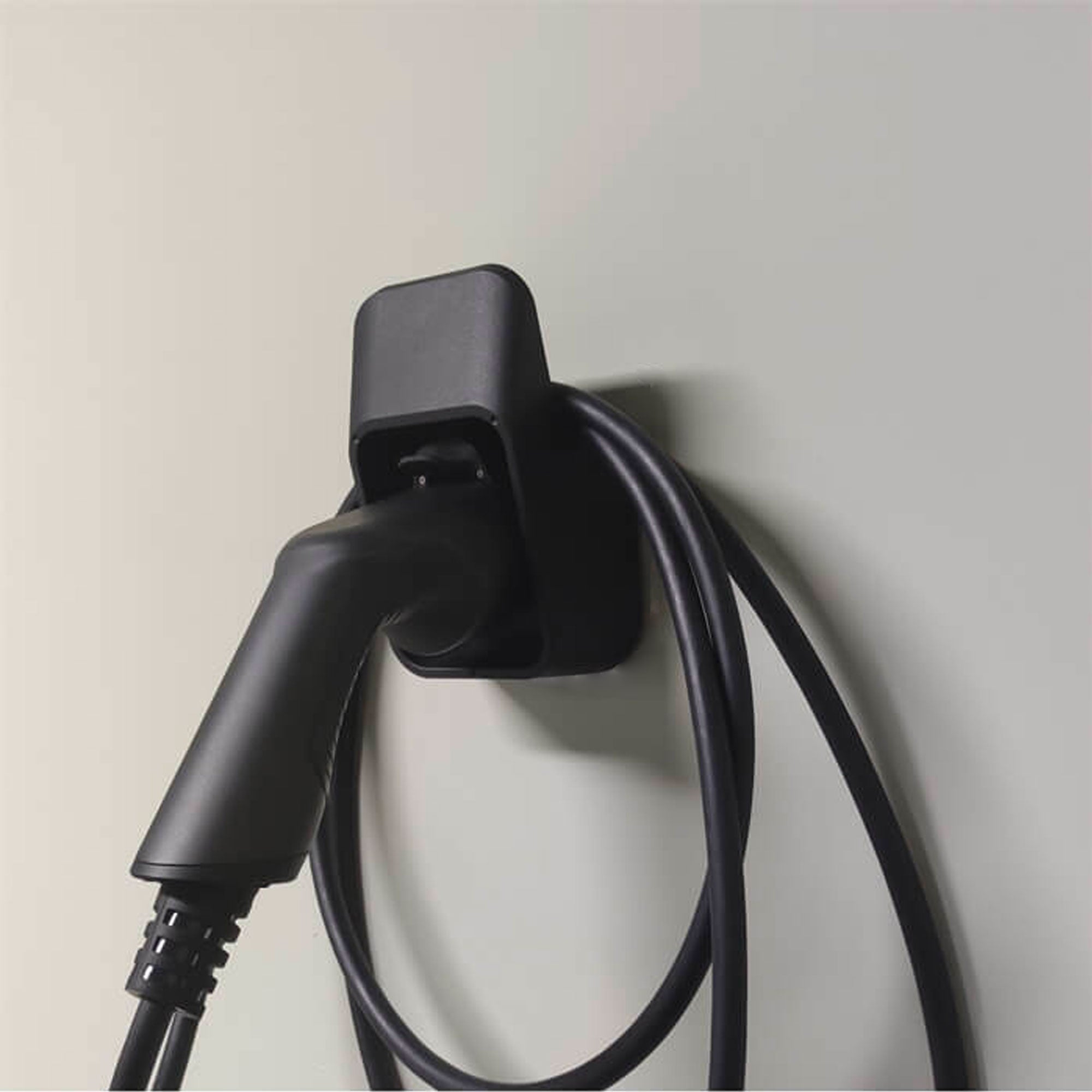



Leave a comment